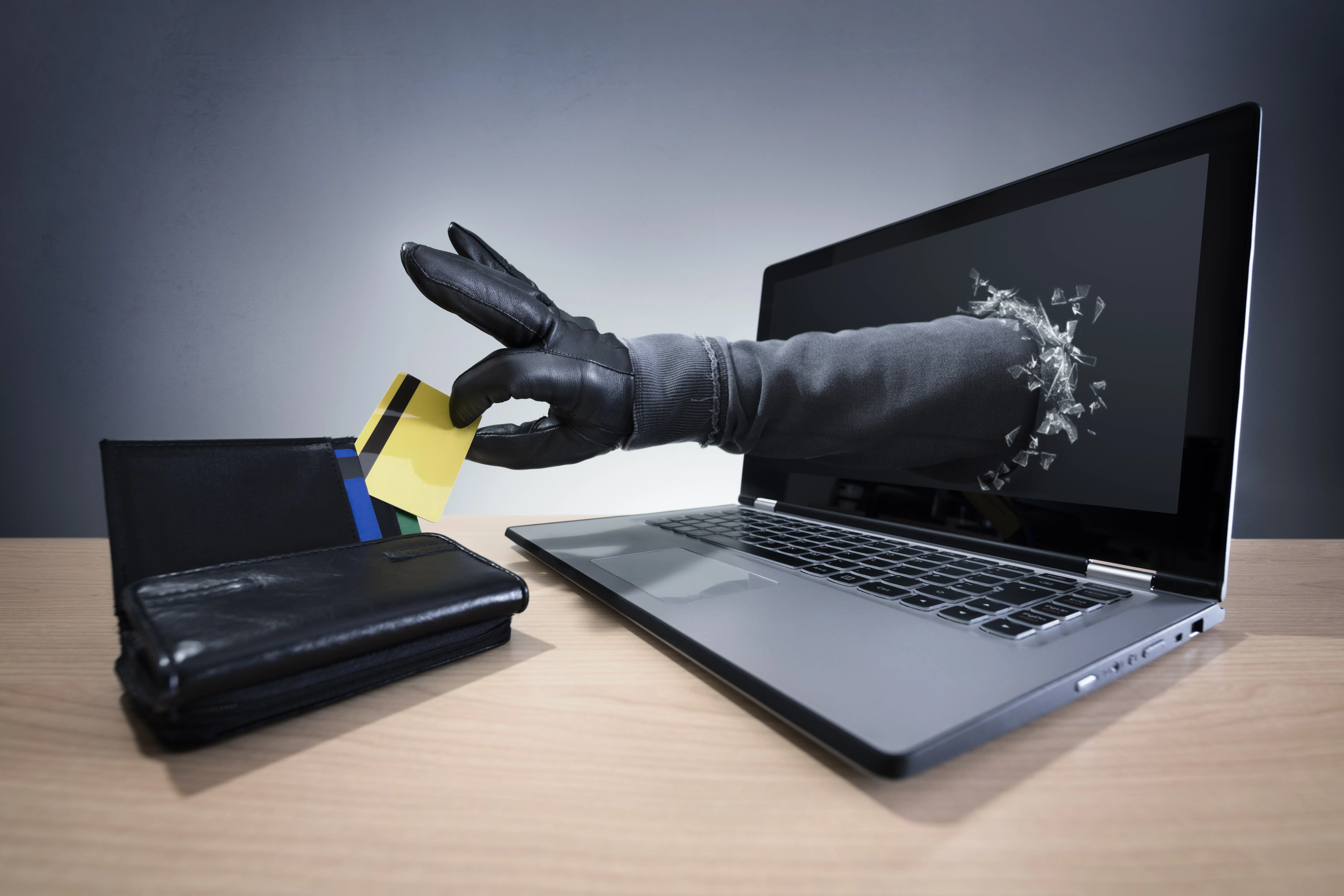Identity theft is on the rise. With so much information available about everyone online, it’s become incredibly easy for someone to steal your identity. In fact, over a quarter of all social media users admit that they have created a fake account at least once, and that’s just those who admit to it…
It’s important to remember that fake accounts and cases of stolen identity can be much more than just social media ‘catfishes’ or someone pretending to be something they’re not, they can also be used by cybercriminals to commit serious crimes, steal money, and even defraud organisations.
Once your identity is stolen, all sorts of mischief can be done in your name, including transferring funds, placing orders, accessing information, and arranging loans. In fact, one of the biggest bank robberies to ever happen was a result of identity theft, with a cybercriminal posing as a high-level executive and using a compromised email address to steal $80 million, before a spelling mistake gave them away.
How does identity theft happen?
Identity theft often begins with a phishing message. This is normally an email that pretends to be from a legitimate source asking for a few personal details. It may direct you to a fake website, where you think it is safe to share your information. Instead, your data is stolen and used to take over your identity.
Once criminals have breached your email security, they can use that to reset passwords on your other accounts. This can lock you out of your accounts and leave you with little resource for claiming your identity back. Some phishing emails will even ask you for details of your colleagues, which in the wrong hands can be incredibly dangerous information.
And, of course, it’s not just emails. Social media is the most common method which is used to trick you and attempt identity theft. Therefore, you should be incredibly careful about what you post online, never revealing sensitive information about yourself or your organisation. Remember, if your identity is stolen, it’ll look like you are the one requesting loans or transferring money and it can be hard to prove otherwise!
How to defend yourself
- Always be cautious
- Strengthen your passwords
- Ensure your devices and cards are protected
If in doubt, remember to watch out for a SCAM and ask yourself…
SENDER – who is the sender? Is it a lookalike name or someone you recognise? Are you expecting a message from this person, or does it seem a little out of the blue?
CONTENTS – what are the contents? Are there any suspicious mistakes or spelling errors? Is it asking for details you wouldn’t normally have?
ADDRESS – where has it come from? Is the email correct for your organisation? Does the website address look slightly different?
MISTRUST – do you get a feeling of mistrust? If there’s anything about the email or message which rings alarm bells, it’s best to delete it and report it to your IT department immediately as this is a red flag that it could be a SCAM.
Find out more
If you want to find out more about how you can protect yourself from identity theft, Boxphish has the tools to help.
At Boxphish, we are passionate about providing our users with the skills needed to identify and avoid cyber-attacks, reducing risk and protecting both the individual and the organisation. We use interactive training and real-world attack simulations to educate and train our users, with courses tailored to individual needs and industries. Click here to find out more and book your demo today.
